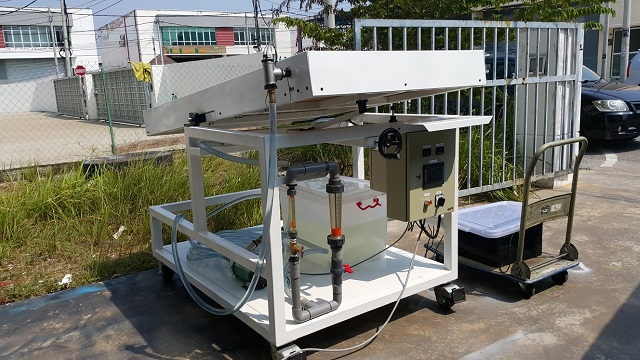Researchers at the Multimedia University in Malaysia have formulated a new way to rank PV module cooling techniques, based on manufacturing costs and expected panel output.
The ranking also factors in panel efficiency gains from the addition of cooling systems and the wattage cost of PV electricity, corresponding author Sakhr Sultan told pv magazine. Sultan said the manufacturing cost of cooling techniques – compared to output power – has attracted little attention to date.
In A new production cost effectiveness factor for assessing photovoltaic module cooling techniques – a study that was recently published in the International Journal of Energy Research – the factor is a ratio that determines whether a proposed cooling system is cost-effective or whether it is rated neutral.
“This means that low-cost cooling techniques may also be considered feasible solutions,” Sultan said. “This occurs when the output power of a PV system with a cooler is equal to the maximum output power of a PV system under PV’s standard testing conditions and the manufacturing cost of the cooling technique is zero.”
Solar radiation, ambient temperature and air mass must also be considered to apply the factor proposed by the researchers to evaluate cost-effectiveness when comparing the performance of PV systems, both with and without cooling technologies. Standard test conditions dictate solar radiation of 1,000 W/m², cell temperature of 25 C and air mass of 1.5 spectra.
In another recent study, the same research group provided an overview of performance assessments and comparisons among different ways to keep solar panels cool when they are in operation.






